Sandbar Solar, a Northern California solar developer and contractor, has unveiled a microgrid that is powering their newly constructed corporate headquarters in the middle of the city of Santa Cruz, one of the few projects of its kind in the US. The islanded off-grid electricity system, which was modeled using HOMER Pro, is designed to serve the solar installer’s complete electricity needs, providing power to an 11,500 square foot warehouse and office. The microgrid consists of a 59 kW rooftop PV system, three Avalon flow batteries that can supply 30 kW of constant power over a three-hour period, a 60 kW natural gas generator, and microgrid control software developed by Ageto Energy.
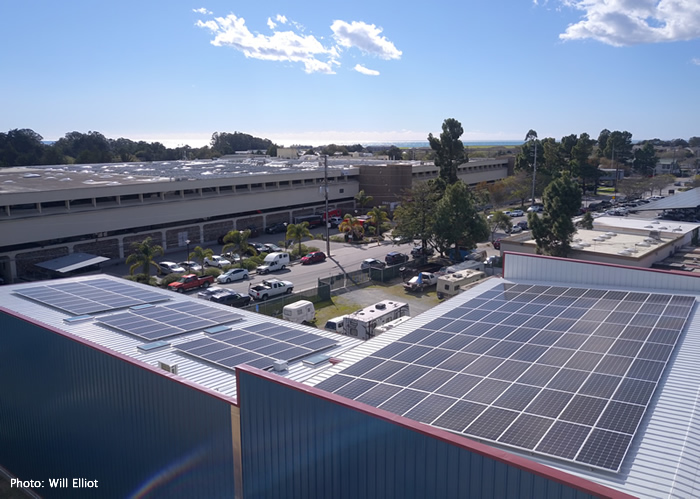
HOMER Energy CEO Dr. Peter Lilienthal said, “We’re happy to see the role that HOMER Pro is playing in enabling this industrial building to operate entirely off-grid with mostly renewable energy resources.”
Using HOMER Pro modeling, Ageto Energy was able to determine the optimal generator size and use HOMER Pro reports to demonstrate to city officials during the design phase that the generator would only need to run 200-300 hours per year, specifically only during prolonged periods of cloudy winter weather. The city of Santa Cruz had concerns about resiliency and safety for building occupancy, and didn’t want the generator to provide the primary power source for the facility.
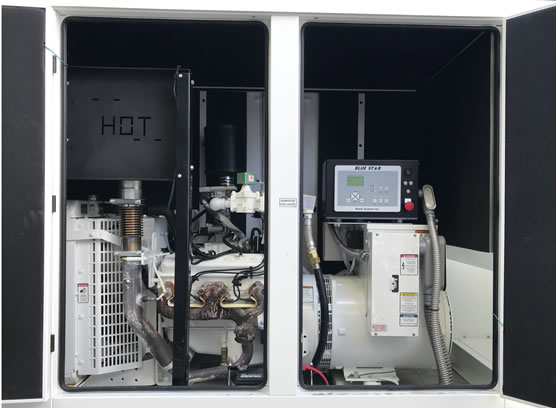
Once complete and operational, Sandbar wanted to further develop algorithms within the control system to ensure the generator would not operate during the night, in the spirit of being a good neighbor and maintaining noise control. HOMER Pro was used again to model that scenario, and show that the microgrid met the load requirements, even if evening generator time was limited. Most importantly, the HOMER Pro modeling assured project owners that the combination of PV and batteries could produce enough power for the building most of the time.
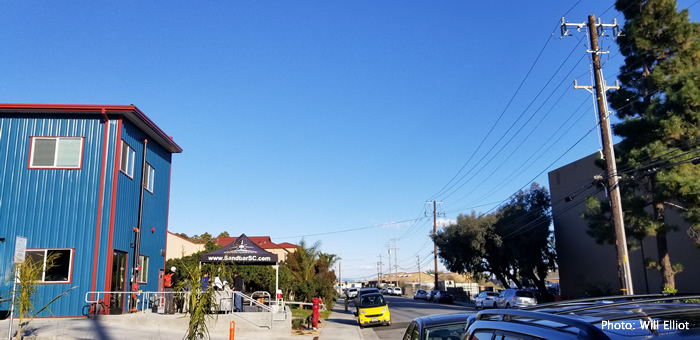
It’s unusual to invest in an off-grid system right in the middle of a city; at Sandbar Solar, there’s a PG&E utility pole right across the street, hardly more than fifty feet from the company’s new building. However, when Sandbar Solar owner Scott Laskey decided to buy this parcel of undeveloped land and build a new office and warehouse, he knew electricity supplied by the utility, PG&E, would be a costly proposition. PG&E recommended that Laskey budget $75,000 to establish a new electrical service, and warned him that it could take eighteen months or more to get connected, despite the nearby distribution line. When Laskey heard about the terms, he wondered if he should go off the grid entirely.
“I decided to calculate what it would cost.” says Laskey. “It turned out that over a twenty-year period the microgrid was about the same as utility power. But my utility estimate didn’t include the $75,000 interconnection study, or the carrying costs for every month that I was waiting to get connected to the grid.” he adds. Finally he recommended to his staff, “Let’s plan to build an islanded microgrid so we don’t have to depend on PG&E.”
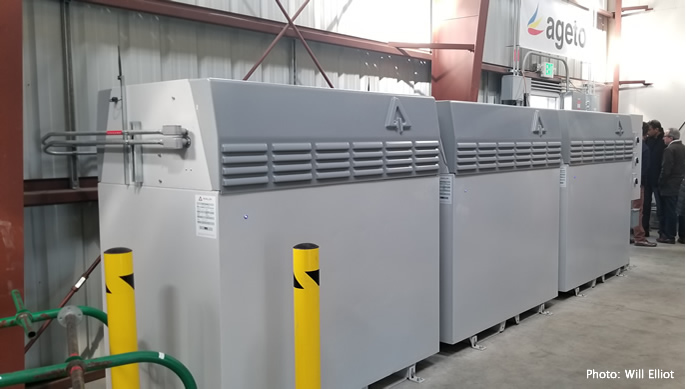
There were a few important factors that made the Sandbar Solar microgrid affordable. Sandbar is in the renewable and storage industry, and has years of off-grid experience, so this was not necessarily a technically intimidating endeavor. However, being entirely reliant on self-generated power and storage does carry certain financial and operational risks that needed to be considered. The first consideration was the decision to use Avalon flow batteries. Avalon’s agreement to lease the electrolyte solution within the batteries – which can make up to 40% of the total cost – was key. Because of their unique chemistry, vanadium flow batteries can handle daily charge/discharge cycles at 100% depth of discharge for over thirty years while maintaining 100% of their energy storage capability, unlike other battery types that degrade over time. Avalon’s decision to lease the solution will amortize the cost, and lower the impact of Sandbar Solar’s upfront investment. These characteristics made the Avalon flow battery an ideal choice for a system where the batteries would be required to work hard on a daily basis.
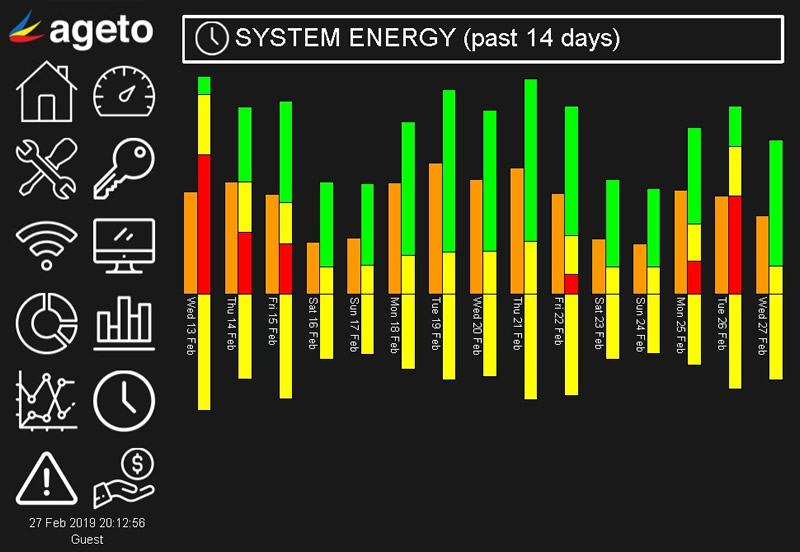
The second factor that made the Sandbar Solar microgrid financially and operationally feasible was the Ageto Renewable Controller, capable of integrating conventional and renewable power into a cohesive, high-performance local power system. Microgrid controls can range in the hundreds of thousands if not millions of dollars, since the technology is relatively new, and each project tends to be highly customized. But the Fort Collins, Colorado company has made it their mission to develop affordable renewable energy controls that can manage hybrid microgrids ranging from 30 kW to multi-MW scale. “We have simplified the interface, both to lower the cost and improve usability for our customers, ” says Ageto Energy co-founder Mike Murray. “We’ve developed software drivers to quickly integrate many energy resources, which can work effectively in multiple types of off-grid and grid-connected projects, and we use off-the-shelf hardware to ensure system reliability.”
The Ageto Energy controls are the “brain” of the Sandbar Solar microgrid, orchestrating and synchronizing all the resources, telling it when batteries should be charging from the PV system, or when the generator should switch on.
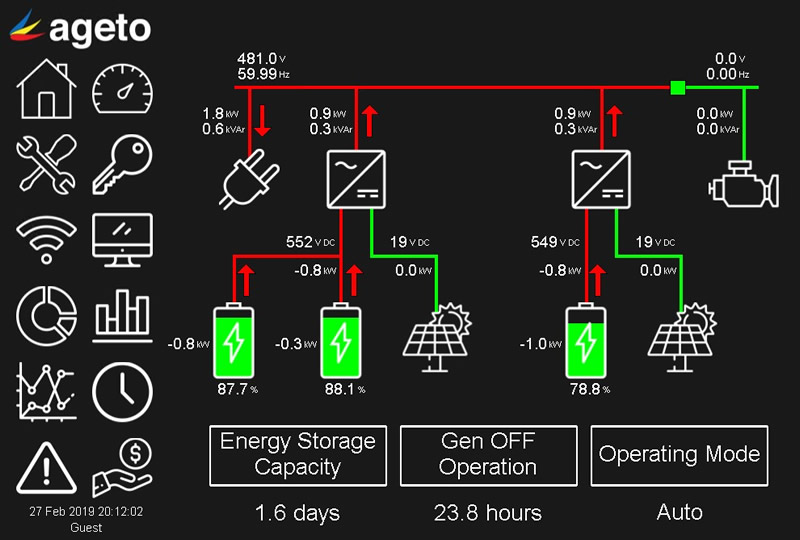
Since November 2018, Sandbar’s facility has been up and running totally independent of the grid, with minimal use of the generators. “We had a two-week stint in January when we didn’t run the genset at all, despite bad weather,” said Laskey. Because it’s a microgrid pioneer in Santa Cruz, Sandbar Solar is working closely with the city to provide data on how the system is working, and help define guidelines for new microgrid developers. “The bigger question,” says Laskey, “is how we want to design and build microgrids so we can standardize them. And, when we are building grid-tied systems, how we can work with the utilities to streamline the interconnection process for distributed energy.”
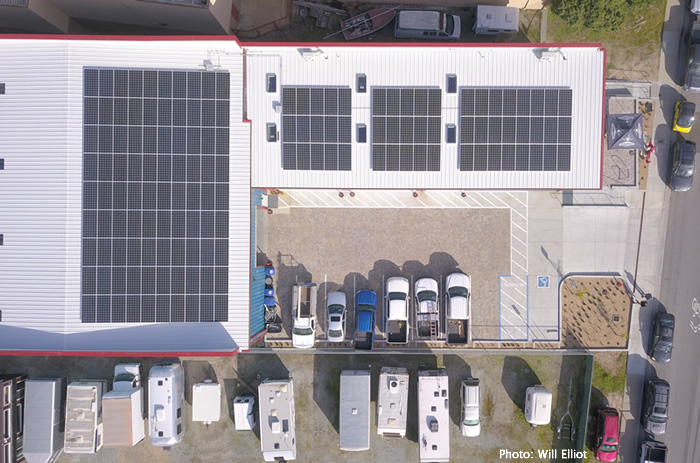

Having known the installed capacity for the different energy source in the Sandbar project, I would require the Load dynamics to know how the different energy source are combined to meet the Load requirement. In my work on improving energy management for microgrid with Solar PV and energy Storage System, Solar PV and Battery are run concurrently to provide stable, affordable and sufficient energy for the microgrid. I would like to know if concurrent operation of Battery and Solar PV is a possibility in the Sandbar project.
Hi Martins,
Yes concurrent operation is possible, and HOMER Pro models this in a system before it is built. If there is sufficient electricity being generated from the PV, some will go to serve the load and the rest can charge the battery. The Ageto controller manages this process. In the summer there may be more PV power generated than can be used. The company could eventually install EV charging stations to make use of this capacity.
Sincerely,
Lili Francklyn